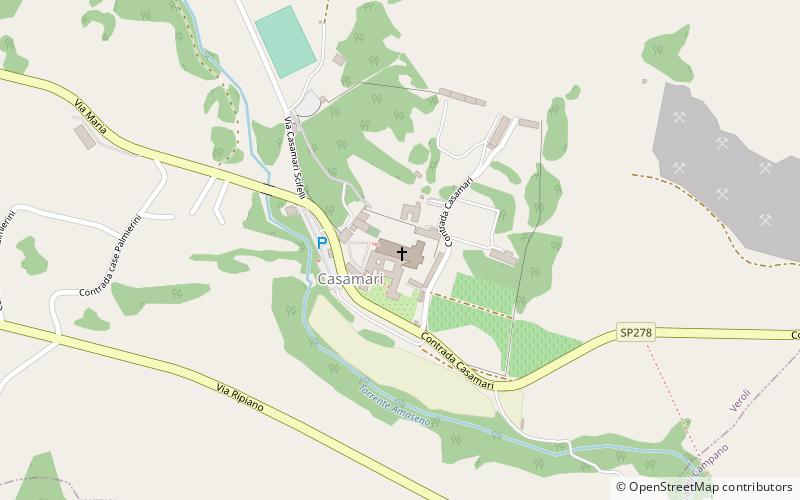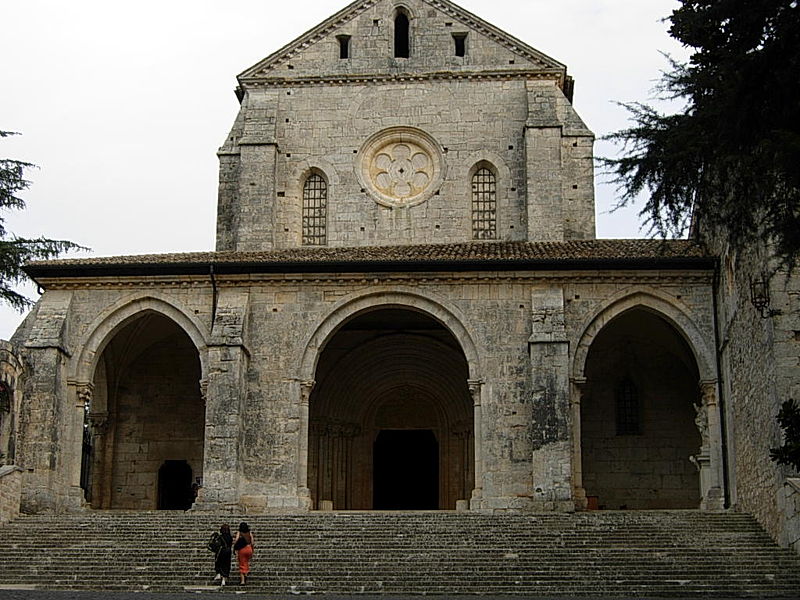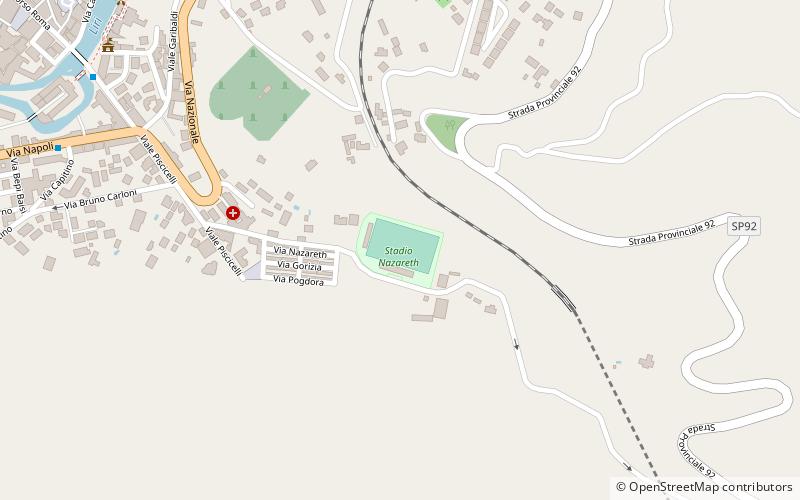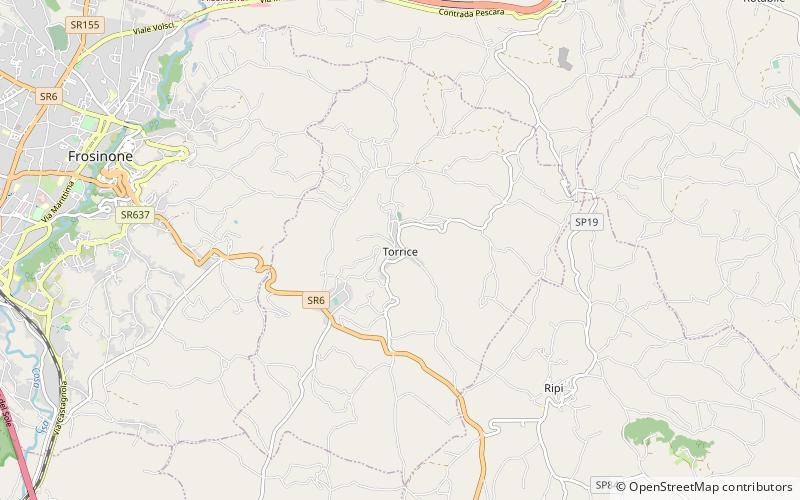Casamari Abbey


Facts and practical information
Nestled in the serene Italian countryside, Casamari Abbey stands as a testament to the religious and architectural grandeur of the Cistercian order. Founded in 1203 on the ruins of an earlier Benedictine monastery, this majestic structure represents one of the most significant examples of early Gothic Cistercian architecture in Italy.
The abbey, characterized by its austere beauty and harmonious lines, invites visitors to step back in time. Its imposing walls and spartan interiors reflect the Cistercian monks' dedication to a life of contemplation and manual labor, in accordance with the Rule of St. Benedict. The complex includes a church, a cloister, and various monastic buildings, all designed with the Cistercian ideals of simplicity and functionality in mind.
One of the most striking features of Casamari Abbey is its church, which was consecrated in 1217. The church's austere facade, devoid of the elaborate ornamentation typical of the period, leads into an interior space of sublime tranquility. The nave, with its pointed arches and ribbed vaults, directs the visitor's gaze upward, creating an atmosphere conducive to reflection and prayer.
Casamari Abbey is not only a place of spiritual significance but also a center for cultural preservation. The monks are known for their work in restoring ancient manuscripts and books, contributing to the safeguarding of Europe's literary heritage. The abbey's scriptorium and library are repositories of this precious knowledge, containing works that span centuries.
Today, Casamari Abbey remains an active monastic community, with monks living and working within its walls. Visitors are welcome to explore the abbey and attend the divine services, experiencing the living tradition of Cistercian monasticism. The site also offers guided tours, providing insights into the abbey's history, architecture, and the daily life of its monastic inhabitants.
Casamari Abbey – popular in the area (distance from the attraction)
Nearby attractions include: Veroli, Concattedrale di Sant'Andrea, Piazza Boncompagni, Monte San Giovanni Campano.











